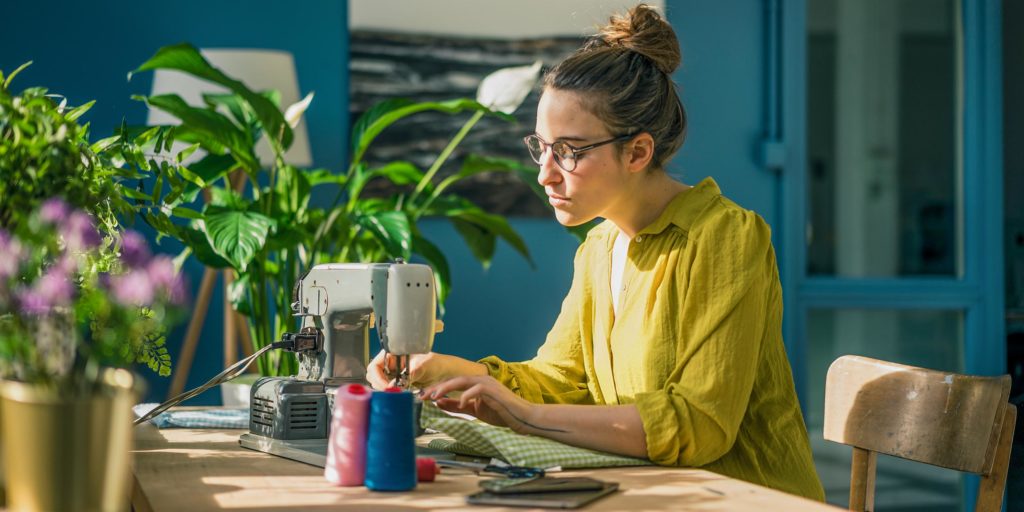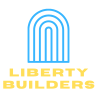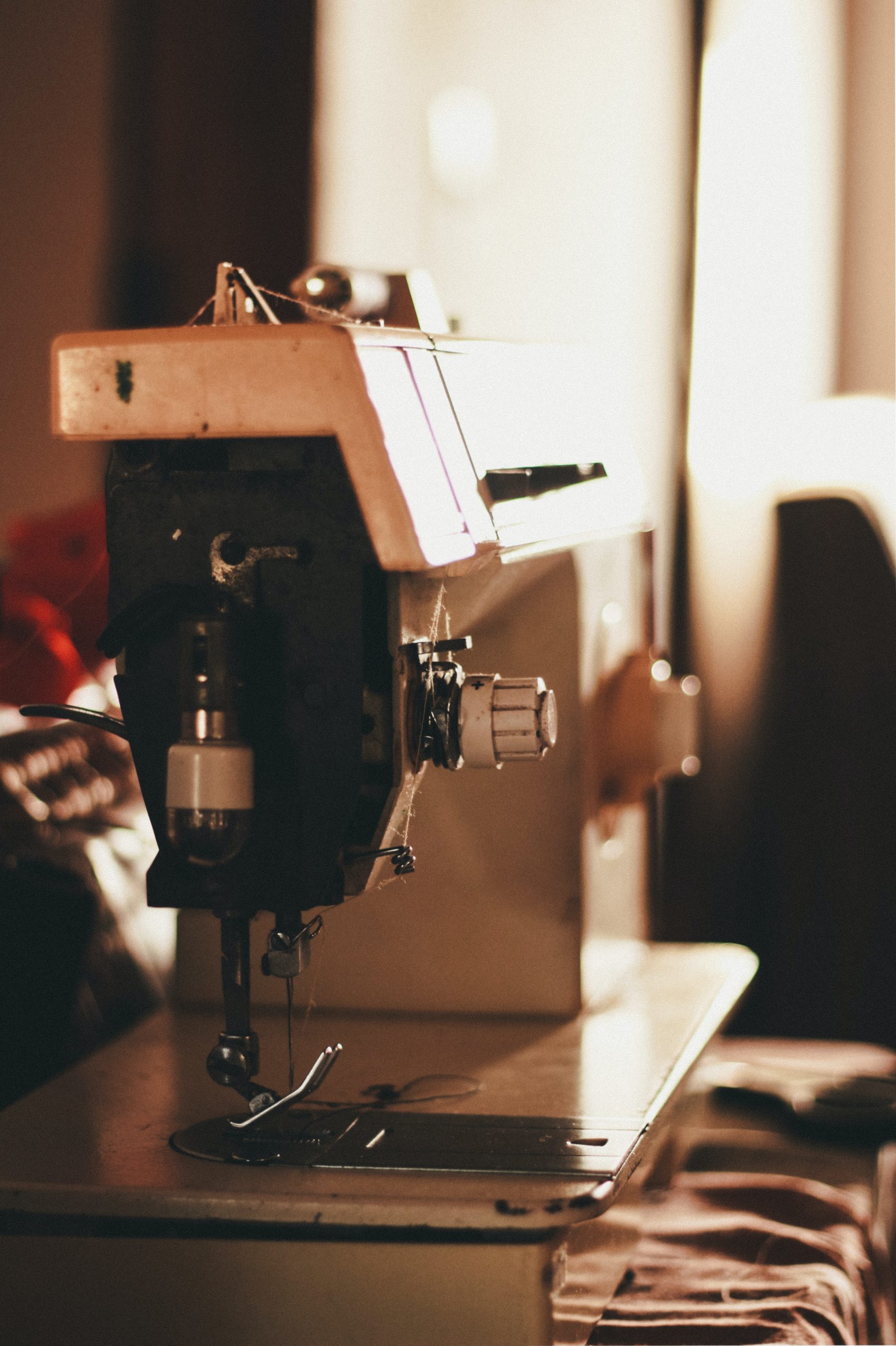The Functions of a Sewing Machine
The sewing machine has several components, all of which are essential for sewing different kinds of fabrics. There are several parts that are important to understand, including the thread guide, needle plate, and presser foot lever. Listed below are the most important parts. Before you begin sewing, ensure that these parts are in order. The correct one will prevent tangled threads.
The stitch length regulator controls the width of the fabric, which is the basis for the length of the stitch. The length of the stitch is controlled by the stitch length regulator, and 0-4 means the shortest stitch. The stitch length regulator controls the length of the stitch on the fabric. These are the basic sewing steps. These are the basic functions of a simple sewing machine:
The machine's component that holds fabric is the presser foot. It applies pressure to the fabric while it goes through the needle. The feed dog is the other component of the machine that regulates stitch length and width. The presser foot is not the only component of the sewing machine. It also includes thread guides, needle take-up levers and the needleplate. These pieces are attached to the presser foot and are easily removed for cleaning. The presser feet are the part of the sewing machine that holds fabric in place.
ntroduction to the machines parts. The sewing machine has several components,
A key component of a sewing machine is the thread spool. The spool pin, which holds the thread spool, is the most important component of a sewing machine. This part is present on all machines, though the placement may vary depending on the model. In some machines, the thread spool is located in the bobbin container. Others may have them on their left. Regardless of the stitch length, a sewing machine is a great tool for crafting clothing.
A sewing machine consists of two main parts: the arm and the head. The head is the part on which you sew the fabric, while the lower part houses the machine's parts. The head is made up several parts. The Arm and the Bed are functional. The lower parts are the Band Wheel, Pitman Rod, Dress Guard, and Treadle. Once you understand the basics, you can go ahead and buy the machine.

Most machines come equipped with a thread guide. This guide helps prevent tangles and guides the thread to the right bobbin. This function is crucial because too much or too little thread tension can snap the thread, making sewing more time-consuming. This guide will also guide the thread to its bobbin. The machine's needle moves with the thread guide and the needle. The thread guide guides top threads through the machine, when the needle is in the Bobbin.
Before we discuss the functions of a best embroidery machine for beginners, let's get a quick introduction to the machines parts. A sewing machine should have the ability to control thread tension. This can be done using one of many functions. The tension is used to create a tight stitch, and it should be adjusted in order to make the fabric tight. The stitch will become too loose if the thread is too loose. If you want your stitches to be more secure, you can use the reverse stitch function. Some machines also have an automatic needle threader that pulls your needle downward to assist with threading. But this feature is not available with twin needles.
Before the advent of sewing machines, women maintained the clothing of their families by hand. Even a middle-class housewife would dedicate several days every month to maintaining the family's clothing. A skilled seamstress would need 14 hours to make a man's shirt. It would take three hours to make summer trousers. Even though it is easier to sew your own clothes, it still takes a lot of time.
A sewing machine's primary function is to move the material. The feed is a mechanical component that pushes the material along a series slots on the sewing surface. The feed dogs are serrated and grip the material while feeding it. This part should be replaced if damaged. They must also synchronize with the sewing machine's feed action in order to work properly. For locking stitches and reverse stitching, feed dogs are essential. Manual movement can cause needle damage, bend, or even break.
Another vital part of a sewing machine is the throat plate, also known as the throat plate. It is a metal plate that surrounds the feed dogs and is held in place by screws. This plate is a semicircular disc that passes the needle through while keeping dirt and thread out. To guide the sewing of straight lines and seam allowance, most throat plates have small lines. When the sewing section has been completed, the throat plate acts as the thread cutter.

